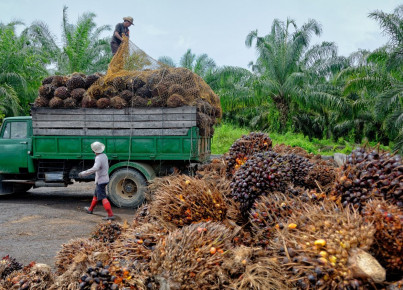While the war in Ukraine is continuing, integration, cooperation and growth remain at the center of Southeast Asian countries' plans
2023 started the same way 2022 closed: with the West worried about the war in Ukraine and inflation on the one hand and Asia trying to strengthen its growth on the other. And it is precisely ASEAN that is increasingly emerging as a platform for investment but also for dialogue. A trend clearly anticipated by two accelerating processes: the flow of foreign projects into Southeast Asian countries and the moves of their governments in opening up to international trade and mobility. In addition to the stimulation of domestic demand, which already returned to vibrant growth in 2022, the region's executives have realized that removing regulatory, normative, and fiscal barriers allows them to reinvigorate engagement on the two key concepts of openness and integration. Pillars of improved multilateral trade and policy dialogue. Free trade has been a key driver of Asia's development in recent decades, but now some global powers are adopting semi-protectionist postures, forcing several companies to reconsider their supply chains. Despite this, Asia continues to be the most dynamic region in the world, buoyed by the development orientation of most of its governments. From the Regional Comprehensive Economic Partnership to other free trade agreements, examples supporting this perspective are numerous even in the last few pandemic years. The results can be seen. In 2022, Vietnam grew more than 8 percent, a record high since 1997 driven by a 13.5% increase in foreign direct investment. Not only by those moving part of their production lines from mainland China but also and especially as part of new projects that the region is increasingly able to attract. Including those related to hi-tech manufacturing. Of course, global uncertainties have led the Asian Development Bank to reduce its 2023 economic growth forecast for developing Asia, which includes 46 economies, from 4.9% to 4.6%. Excluding China, the growth rate was reduced from 5.3% to 5%. An expansion of about 5% would still be the fastest of any region in the world. Moreover, the Southeast Asian region is set to become the world's largest single market by 2030.






